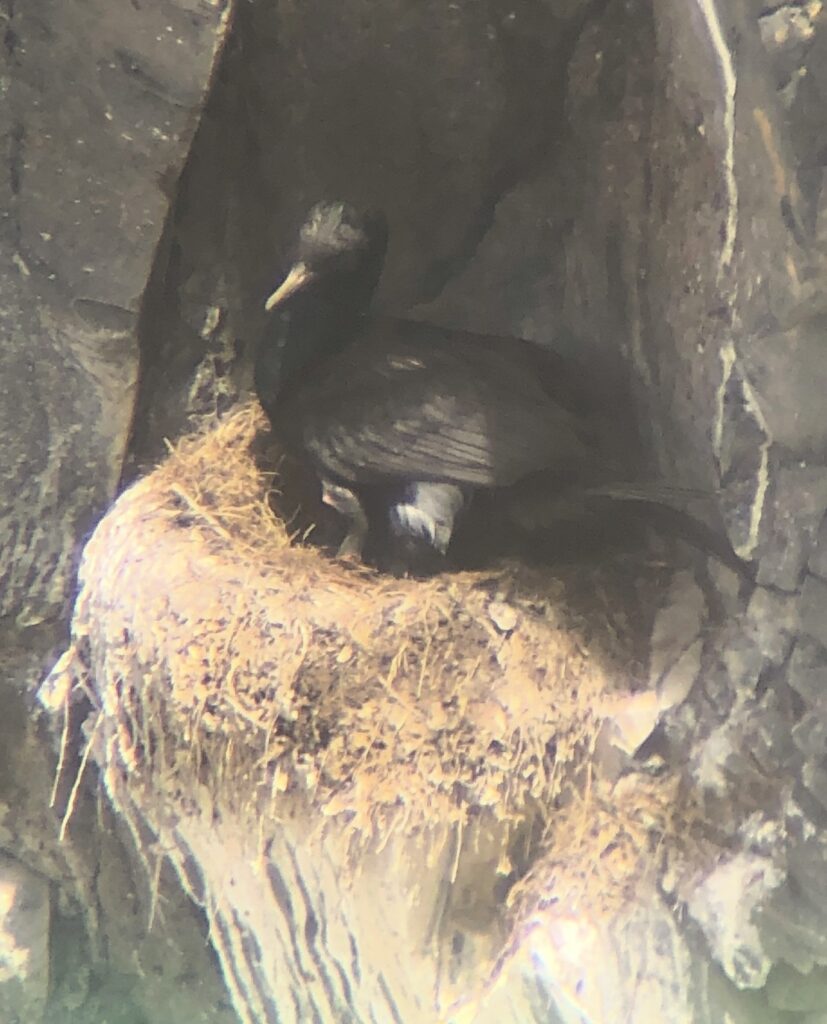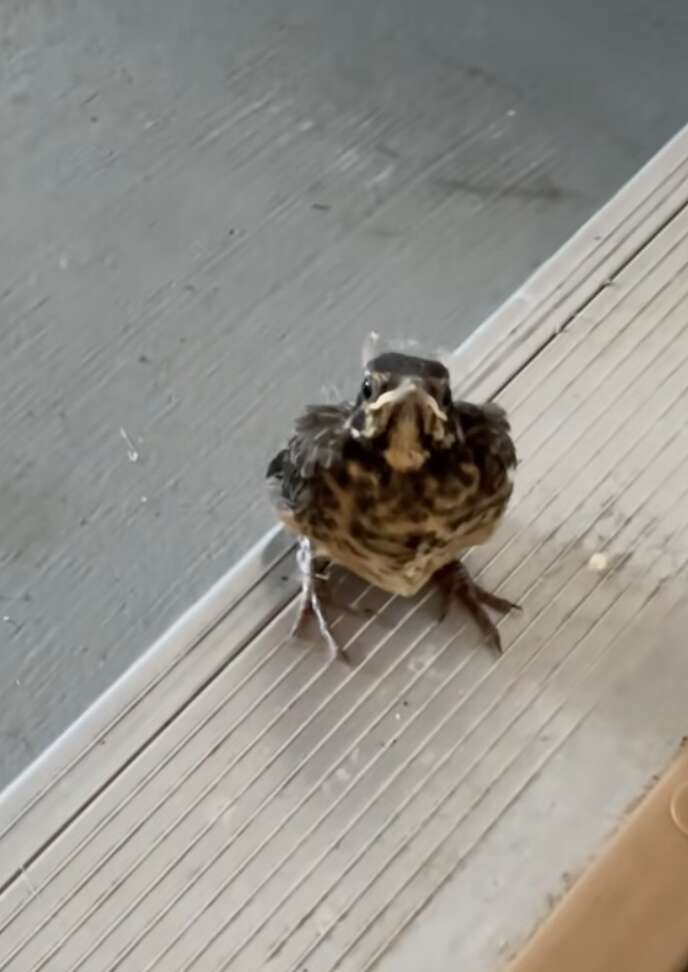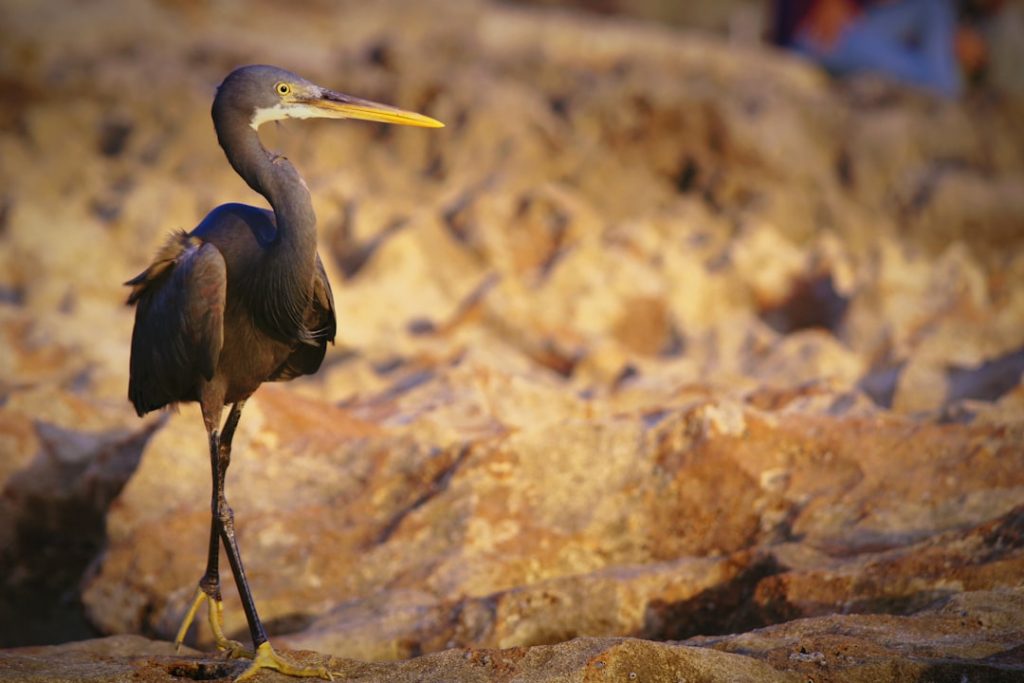Have you ever wondered what happens to bird droppings when they fall into a kelp forest? It might seem like just waste, but it actually plays a surprising role in this underwater world.
If you’re curious about how nature recycles and supports life in kelp forests, you’re in the right place. Discover the tiny creatures and fascinating processes that feed on bird droppings and keep the ecosystem thriving. Keep reading to uncover this hidden connection you never knew existed.

Credit: www.ladygouldianfinch.com
Kelp Forest Ecosystem
Kelp forests are underwater areas with many large seaweeds called kelp. They form dense, tall forests in shallow ocean waters.
Bird droppings in kelp forests provide nutrients that support many small creatures and help the ecosystem stay healthy.
Key Features Of Kelp Forests
Kelp forests provide food and shelter to many marine animals. They grow quickly and create a complex habitat.
- Kelp can grow up to 2 feet per day.
- They create shade that protects smaller plants and animals.
- Many fish and invertebrates live among the kelp.
- Sea otters help keep the kelp forest healthy by eating sea urchins.
- Bird droppings add nutrients that kelp and other plants use to grow.
Role Of Organic Matter In Kelp Forests
Organic matter like bird droppings breaks down and releases nutrients. These nutrients feed tiny animals and plants in the kelp forest.
| Organism | Feeds on Bird Droppings | Role in Kelp Forest |
| Microbes | Yes | Break down organic matter |
| Small Crustaceans | Yes | Eat microbes and droppings |
| Worms | Yes | Recycle nutrients in sediment |
| Filter Feeders | Indirectly | Filter particles and organic matter |

Credit: blogs.oregonstate.edu
Sources Of Bird Droppings
Bird droppings are common in kelp forests along coastlines. These droppings come from many types of birds that live or visit these areas.
Bird droppings add nutrients to the kelp forest ecosystem. They support many small animals and plants.
Bird Species Frequenting Kelp Forests
Many bird species visit kelp forests to feed and rest. These birds produce droppings that fall into the water or onto the kelp.
Common bird species in kelp forests include seabirds and shorebirds. They often gather in large groups near the coast.
- Seagulls
- Cormorants
- Pelicans
- Oystercatchers
- Herons
Nutrient Composition Of Bird Droppings
Bird droppings contain important nutrients for kelp forests. They have nitrogen, phosphorus, and other minerals.
These nutrients help kelp grow faster. They also support tiny animals and algae in the water.
| Nutrient | Role in Kelp Forest |
|---|---|
| Nitrogen | Helps kelp and algae grow |
| Phosphorus | Supports cell development in plants |
| Calcium | Strengthens shells of small animals |
| Potassium | Improves overall plant health |
Decomposers Feeding On Droppings
Bird droppings in kelp forests provide nutrients to many tiny life forms. These droppings help feed decomposers that break down waste. This process returns nutrients to the ecosystem.
Decomposers like bacteria and fungi play a big role in breaking down bird droppings. They help keep the kelp forest healthy by recycling nutrients.
Bacteria And Microbial Activity
Bacteria are the first to act on bird droppings. They use enzymes to digest complex materials in the waste. This helps turn droppings into simpler substances.
- Bacteria break down proteins and fats.
- They release nutrients like nitrogen and phosphorus.
- Microbial activity increases nutrient availability for plants.
- Different bacteria work together in this process.
Fungi Involved In Breakdown
Fungi also help break down bird droppings in kelp forests. They digest tough materials that bacteria cannot. Fungi use enzymes to decompose cellulose and other fibers.
| Type of Fungi | Role in Breakdown |
| White rot fungi | Break down lignin and cellulose |
| Brown rot fungi | Decompose cellulose, leave lignin |
| Mycorrhizal fungi | Help recycle nutrients to plants |

Credit: www.thedodo.com
Invertebrates Consuming Droppings
Bird droppings provide important nutrients in kelp forests. Many small animals eat these droppings. They help recycle waste and support the food web.
Invertebrates such as crustaceans and marine worms play a big role. They break down the droppings and make nutrients available to other creatures.
Crustaceans Feeding On Waste
Small crustaceans like amphipods and isopods consume bird droppings in kelp forests. They feed on the organic matter and help clean the environment.
- Amphipods shred droppings into smaller pieces.
- Isopods consume leftover nutrients and bacteria.
- Both serve as food for fish and larger animals.
- They speed up nutrient cycling in the ecosystem.
Marine Worms And Their Role
Marine worms, such as polychaetes, live within and around bird droppings. They feed on the waste and help break it down further.
| Marine Worm Type | Feeding Role | Impact on Kelp Forest |
| Polychaetes | Consume organic waste | Enhance nutrient recycling |
| Deposit-feeding worms | Break down droppings | Improve sediment quality |
| Detritivores | Digest bacteria in droppings | Support food web |
Fish And Other Consumers
Bird droppings play a small but important role in kelp forest ecosystems. They provide nutrients and food for some animals living there. Many fish and other creatures use these droppings as a food source.
These droppings help support the food web by feeding various species. Both direct and indirect consumers benefit from the nutrients in the droppings.
Fish Species Utilizing Droppings
Some fish species eat bird droppings directly. These fish find droppings on rocks or floating in the water. The droppings provide important nutrients like nitrogen.
Fish such as kelp greenlings and some types of wrasse often feed on these droppings. They use the nutrients to grow and stay healthy in the kelp forest.
- Kelp Greenling
- Rockfish
- Wrasse
- Opaleye
Indirect Consumers In The Food Web
Other animals do not eat bird droppings directly but benefit from them. Tiny organisms like bacteria break down the droppings. This process releases nutrients into the water.
These nutrients help algae and small plants grow. Small animals eat the algae, and bigger animals eat those small animals. This way, bird droppings support many species indirectly.
- Bacteria and decomposers
- Algae and phytoplankton
- Small invertebrates
- Crustaceans and small fish
Nutrient Recycling Impact
Bird droppings in kelp forests provide important nutrients. These nutrients help keep the ecosystem healthy and balanced.
Small animals and microbes feed on the droppings, breaking them down. This process returns nutrients to the water and soil.
Enhancing Kelp Growth
Nutrients from bird droppings, such as nitrogen and phosphorus, boost kelp growth. Kelp uses these nutrients to grow faster and stronger.
- Bird droppings increase nutrient levels in the water.
- Microbes break down droppings, making nutrients available to kelp.
- Healthy kelp forests provide food and shelter for many species.
Supporting Biodiversity
Many creatures rely on nutrients from bird droppings. These nutrients support tiny animals and plants that form the food web.
| Organism | Role | Benefit from Droppings |
| Microbes | Break down droppings | Energy source |
| Small Invertebrates | Feed on microbes | Nutrition |
| Fish and Crustaceans | Eat invertebrates | Food supply |
| Kelp | Absorb nutrients | Growth support |
Surprising Adaptations
Bird droppings provide nutrients in kelp forest ecosystems. Many creatures use these droppings as food. These animals have unique ways to feed on this resource.
The kelp forest is a rich habitat with many surprising feeding strategies. Some animals have special adaptations that help them thrive on bird droppings.
Unique Feeding Strategies
Some animals have developed clever methods to feed on bird droppings in the kelp forest. These strategies help them get the most nutrition from this unusual food source.
- Crabs use their claws to scrape fresh droppings from rocks.
- Snails have radulas to rasp off droppings stuck on kelp blades.
- Small fish nibble droppings floating near the water surface.
- Worms burrow into droppings to digest trapped nutrients.
Symbiotic Relationships
Many kelp forest species form partnerships to benefit from bird droppings. These relationships help both species survive in nutrient-poor waters.
| Species | Role | Benefit |
| Sea Urchins | Clean droppings off kelp | Get food and keep kelp healthy |
| Small Fish | Feed on droppings | Attract larger fish for protection |
| Algae | Grow near droppings | Use nutrients from droppings |
| Crabs | Distribute droppings | Help spread nutrients in forest |
Frequently Asked Questions
What Organisms Feed On Bird Droppings In Kelp Forests?
Various invertebrates like amphipods, isopods, and small crustaceans consume bird droppings in kelp forests. These nutrients support the forest’s food web.
How Do Bird Droppings Benefit Kelp Forest Ecosystems?
Bird droppings provide essential nutrients like nitrogen and phosphorus. These nutrients boost kelp growth and support diverse marine life.
Why Are Bird Droppings Important For Kelp Forest Biodiversity?
Bird droppings enrich the environment, promoting algae and microorganism growth. This supports a wide range of species, enhancing biodiversity.
Do Microbes Play A Role In Breaking Down Bird Droppings?
Yes, microbes decompose bird droppings, releasing nutrients into the kelp forest. This process sustains the ecosystem’s productivity.
Conclusion
Bird droppings play a vital role in the kelp forest ecosystem. These nutrient-rich droppings attract various creatures. Crabs, snails, and sea urchins feed on them. This helps maintain balance in the habitat. Their feeding habits ensure a clean environment. It prevents overgrowth of harmful algae.
These small creatures contribute to the ecosystem’s health. Understanding their role highlights nature’s interconnectedness. Every element matters in the ecosystem’s delicate balance. Bird droppings, often overlooked, support life. They are crucial for the thriving kelp forest. Learning about these relationships enriches our knowledge of nature.
It inspires respect for our planet’s wonders.

